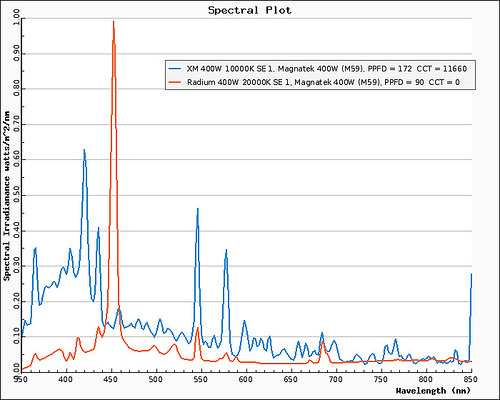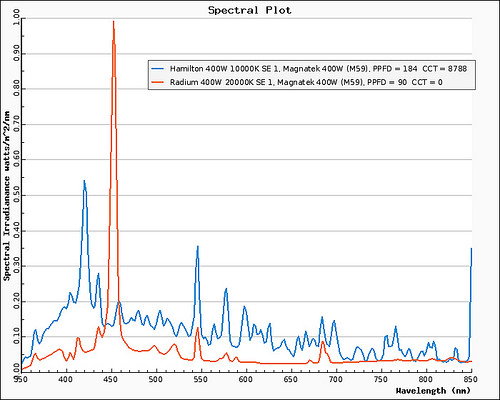- Joined
- Aug 27, 2017
- Messages
- 1,106
- Reaction score
- 1,465
IMO, you should look for a light that all corals like.. It's very possible to grow and color just about any acropora in a tank lit with quality lighting, and stability as well. I think the answer is not so much in your N&P levels but in the lighting, flow, stability. I've seen borderline perfect sps tank with zero N&P, and same in tanks with high levels.It would be nice to compile a list of what corals like what type of light!




















